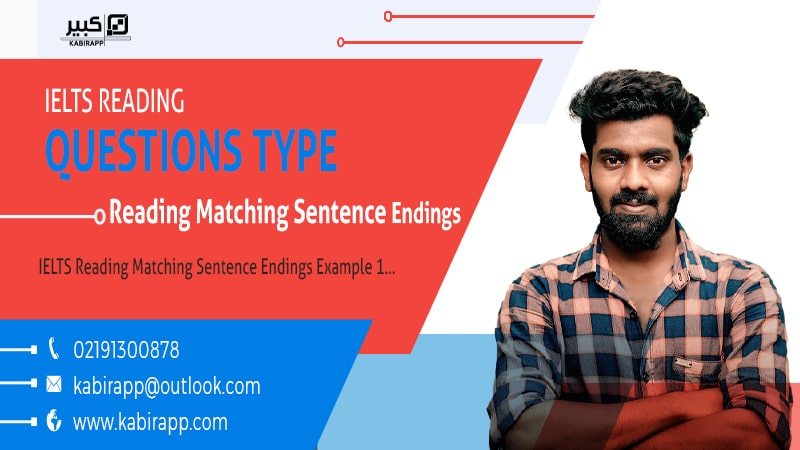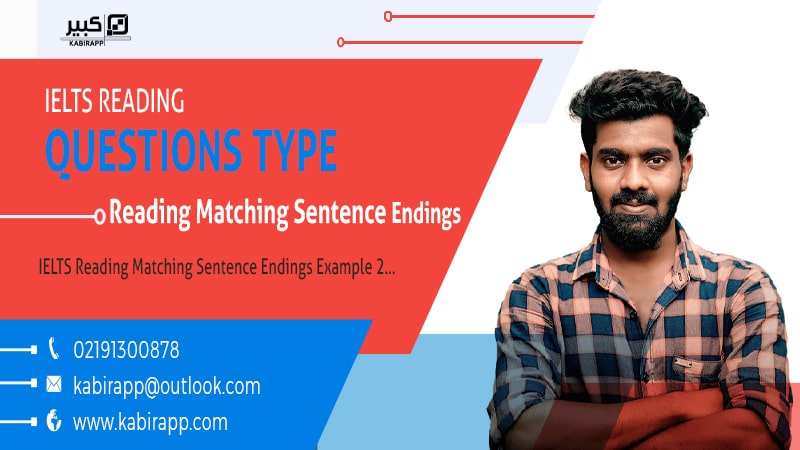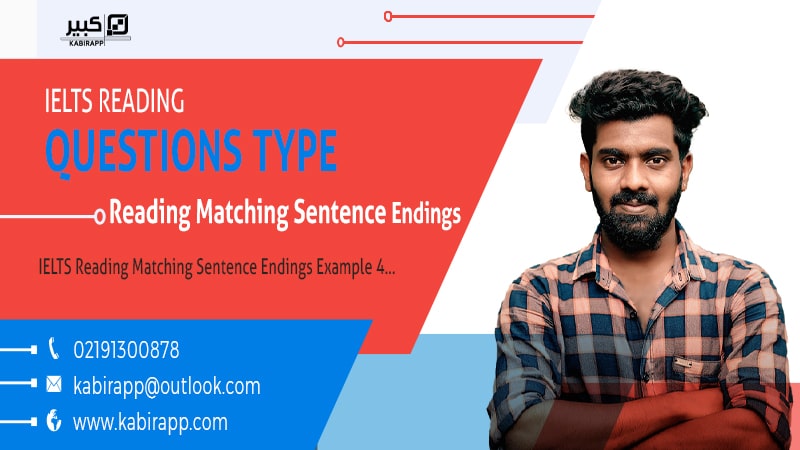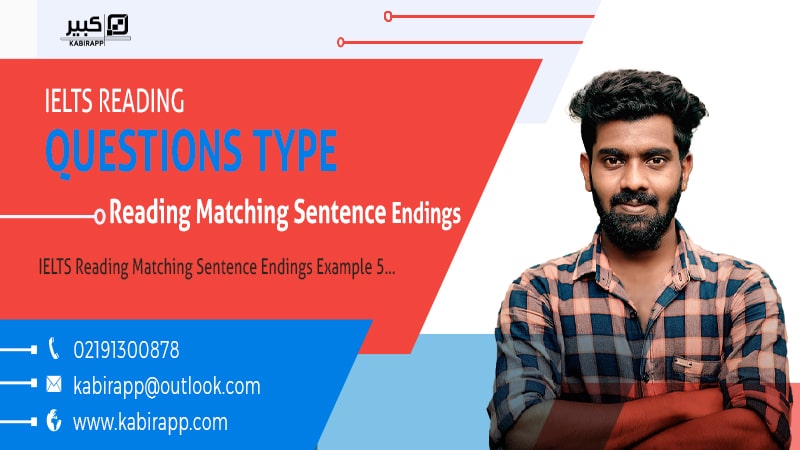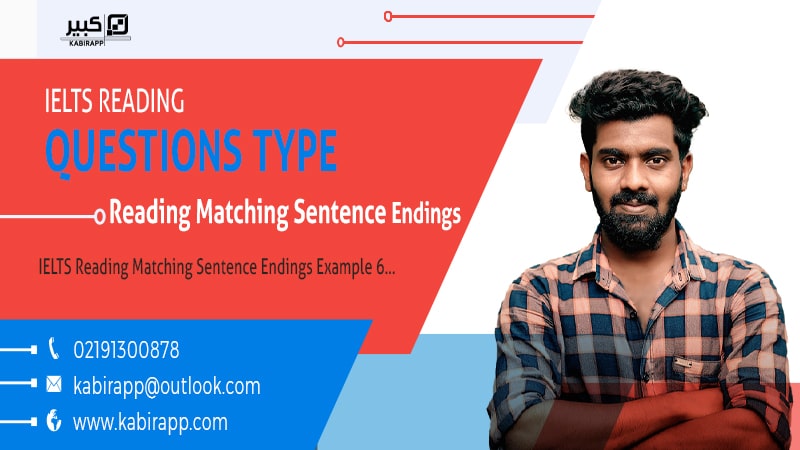محتوای الکترونیکی
IELTS Reading Matching Sentence Endings Example 10
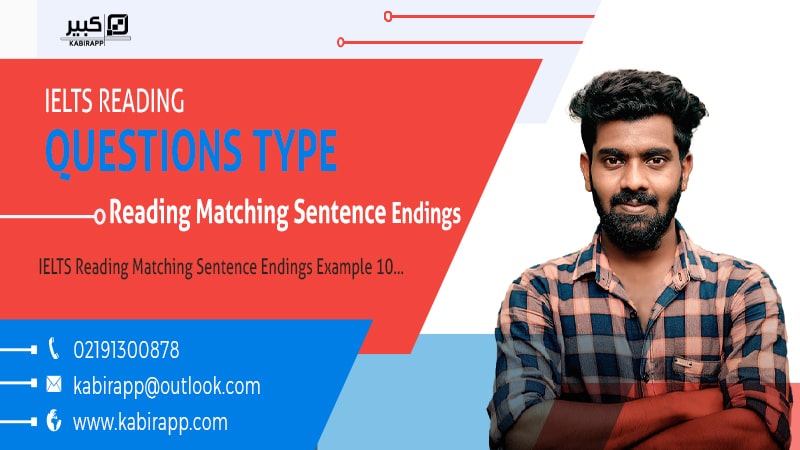
Three ways to Levitate a Magic CarpetA. It sounds like a science fiction joke, but it isn’t. What do you get when you turn an invisibility cloak on its side? A mini flying carpet. So say physicists who believe the same exotic materials used to make cloaking devices could also be used to levitate tiny objects. In May 2006, two research teams led by Ulf Leonhardt at St Andrew’s University, UK, and John Pendry at Imperial College, London, independently proposed that an invisibility cloak could be created from exotic materials with abnormal optical properties. Such a cloaking device – working in the microwave region – was manufactured later that year. The device was formed from so-called ‘metamaterial is’ exotic materials made from complex arrays of metal units and wires. The metal units are smaller than the wavelength of light and so the materials can be engineered to precisely control how electromagnetic light waves travel around them. They can transform space, tricking electromagnetic waves into moving along directions they otherwise wouldn’t, says Leonhardt Federico Capasso, an expert on the Casimir effect at Harvard University in Boston, is impressed. Using metamaterials to reverse the Casimir effect is a very clever idea,’ he says. However, he points out that because metamaterials are difficult to engineer, it’s unlikely that they could be used to levitate objects in the near future. B. Capasso and his colleagues have also been working on an alternative scheme to harness a repulsive Casimir effect Their calculations show that a repulsive Casimir force could be set up between a 42.7 micrometre-wide gold-coated polystyrene sphere and a silicon dioxide plate if the two are immersed in ethanol. ‘Although the Casimir force between any two substances – the ethanol and gold, the gold and the silicon dioxide, or the silicon dioxide and the ethanol – is positive, the relative strengths of attraction are different, and when you combine the materials, you should see the gold sphere levitate,’ he says. Capasso’s early experiments suggest that such repulsion could occur and that in turn could be used to levitate one object above another. It’s very early work, and we still need to make certain this is really happening, but we are slowly building up experimental evidence for quantum levitation, says Capasso, who presented his results at a conference on Coherence and Quantum Optics in Rochester, New York, in June. This is a very exciting experimental result because it is the first demonstration that we can engineer a repulsive Casimir force,’ says Leonhardt. |
Questions 1-3
Complete each sentence with the correct ending A-F below.
- Capasso is unconvinced that
- Capasso has calculated that
- Capasso has admitted that
- gold can be used to produce levitation.
- a particular type of ethanol has to be used
- the levitation will last for only a few seconds
- using metamaterials will help lead to levitation in the short term.
- his experiment will be extremely costly to perform.
- his idea is still only a theory.
Answers
|
Explanation
| The first answer can be found in the first para, 14th line; “However, he points out that because metamaterials are difficult to engineer, it’s unlikely that they could be used to levitate objects in the near future.” For the second question, the answer is in second para, 6th line; “when you combine the materials, you should see the gold sphere levitate,’ he says” The third answer is in the second para, 9th line; “It’s very early work, and we still need to make certain this is really happening, but we are slowly building up experimental evidence for quantum levitation, says Capasso, who presented his results at a conference on Coherence and Quantum Optics in Rochester, New York, in June.” |
بهترین ها
| نام | تعداد آزمون | میزان موفقیت | |
|---|---|---|---|
| َAmeneh Darvishzadeh | 1 | 100/00 % | |
| Mehrad Hashemi | 1 | 100/00 % | |
| مهدی حسین پور آقائی | 1 | 100/00 % | |
| Farnoush Toghiany | 21 | 98/36 % | |
| zahra namdari | 46 | 98/21 % | |
| یاسمن محمدی پور | 4 | 98/08 % | |
| Sheida Taheri | 3 | 97/37 % | |
| پژمان همدانی | 3 | 97/37 % | |
| محمدحسین میرزایی | 3 | 97/30 % | |
| Tara Mohammadi | 3 | 96/43 % | |
| yasaman mohamadipur | 51 | 95/86 % | |
| محمدجواد ملائی اردستانی | 3 | 94/44 % | |
| Arzhang Saberi | 4 | 93/33 % | |
| Soheila Karimi | 124 | 92/73 % | |
| aram farhmand | 10 | 92/31 % | |
| یاشار اسکندری | 98 | 91/14 % | |
| الشان مقیمی آذر | 11 | 90/80 % | |
| عباس پورمیدانی | 1 | 90/00 % | |
| پریسا سلوکی شهرضایی | 72 | 89/49 % | |
| ارشیا قلمکاری | 33 | 89/23 % |
